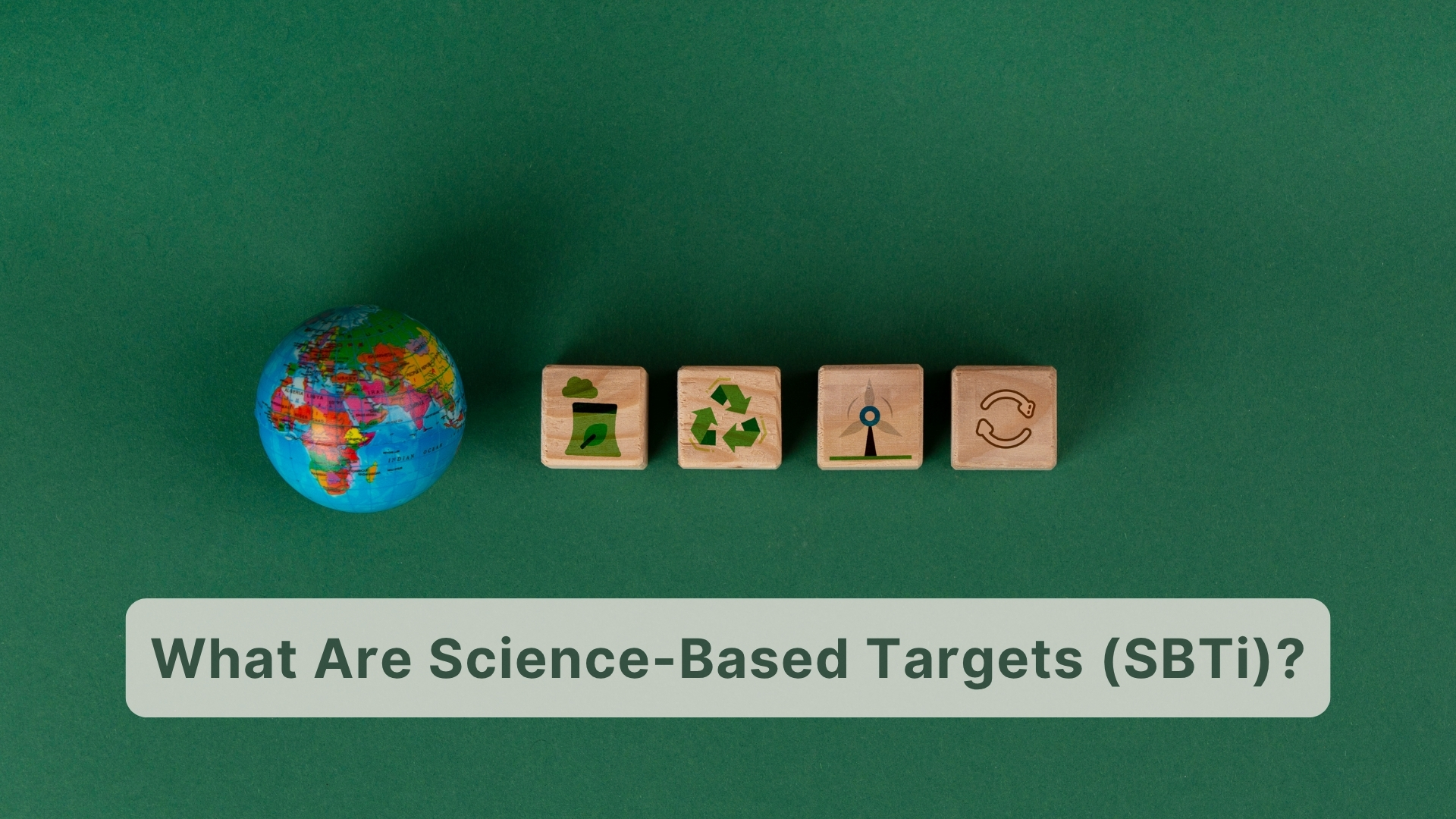Understanding the Science-Based Targets initiative (SBTi): A Guide to Setting Net-Zero Goals for Businesses
Others

What is the SBTi?
The Science-Based Targets initiative (SBTi) is a globally recognized framework helping companies and financial institutions set credible climate targets in line with the 1.5°C pathway. Developed in collaboration with CDP, UN Global Compact, We Mean Business Coalition, WRI, and WWF, SBTi ensures that emission reduction targets are based on the latest climate science.
As of April 2025, more than 10,000 companies worldwide have submitted their emissions reduction targets to SBTi, making it one of the most widely adopted standards for corporate climate action.
Why the SBTi Matters for Business in 2025
SBTi is now considered a critical benchmark in ESG strategy, corporate sustainability, and carbon accountability. Financial institutions, multinational corporations, and supply chain stakeholders are increasingly requiring partners to align with science-based net-zero targets.
Key Elements of the SBTi Corporate Net-Zero Standard
The Corporate Net-Zero Standard is the first and only globally accepted framework for companies to achieve net-zero emissions:
-
Near-Term Targets: Reduce emissions across Scope 1, 2, and significant Scope 3 categories by ~50% by 2030.
-
Long-Term Targets: Cut emissions by at least 90% by 2050 or earlier.
-
Neutralize Residual Emissions: Use carbon dioxide removal (CDR) and long-term storage to offset emissions that cannot be eliminated.
-
Beyond Value Chain Mitigation (BVCM): Invest in carbon reduction and removal projects outside the company’s value chain.
Step-by-Step: How to Set a Science-Based Target
-
Choose a Base Year: Must include reliable Scope 1, 2, and (if required) Scope 3 data.
-
Inventory Emissions: Exclude carbon credits and avoided emissions; include fossil and bioenergy data separately.
-
Define Target Boundaries: Must cover Scope 1 and 2, and at least 90% of Scope 3 for long-term targets.
-
Set Timeframes: Near-term targets (5–10 years); Long-term targets (by 2050 or earlier).
-
Use SBTi Tools: Use the official SBTi Net-Zero Tool and industry-specific calculation models.
Sector-Specific Notes
-
Companies in agriculture, forestry, and land use (AFOLU) must follow FLAG targets.
-
Businesses in cement, buildings, oil & gas have their own technical guidance.
Why Fairatmos Supports SBTi-Aligned Targets
At Fairatmos, we empower businesses to achieve their carbon reduction and net-zero transition through high-integrity Nature-Based Solutions and feasibility studies. Integrating SBTi into project frameworks helps businesses meet investor, regulatory, and supply chain expectations.
Want to go net-zero with integrity?
Explore more at fairatmos insights page and follow our LinkedIn for weekly decarbonization insights.

